
Spring 2018
Fairy Tales
Fairy Tales
Fairy tales will have almost certainly had a place in all our childhoods whether in a traditional form or given the Disney makeover. Delaram Ghanimifard recalls her experience of fairy tale as she grew up in Iran, experiences that have fuelled her passion to publish fairy tales that will cross boundaries today and inspiring her to create a new series One Story, Many Voices in which a new version of ‘Cinderella’ makes its debut. Cinderella, of course, is the princess and perfect.
Indeed, authors and illustrators have always seen the fairy tale as a rich source for inspiration. June Swain reviews John Burningham’s postmodern take on ‘Puss in Boots’. Here is a perfect example of what a great illustrator–storyteller can do with the traditional ingredients of the fairy tale, reassuring the audience with the familiar, and delighting with new. Fairy tales are fascinating. We are reminded of this in Seven Miles of Steel Thistles: Reflections on Fairy Tales by Katherine Langrish, here thoughtfully presented by Judith Philo who not only highlights the central themes in the essays (or blogs) written by Langrish, but ensures we also will want to read them ourselves.
‘… and so they lived happily ever after’, that satisfying ending. But as has been suggested this need not be the expected or assumed. The fairy tale can surprise, enchant, support. It is constantly being interrogated and constantly being renewed to reflect the world it inhabits. It belongs to no one, but is owned by everyone. What is your fairy tale?
Ferelith Hordon
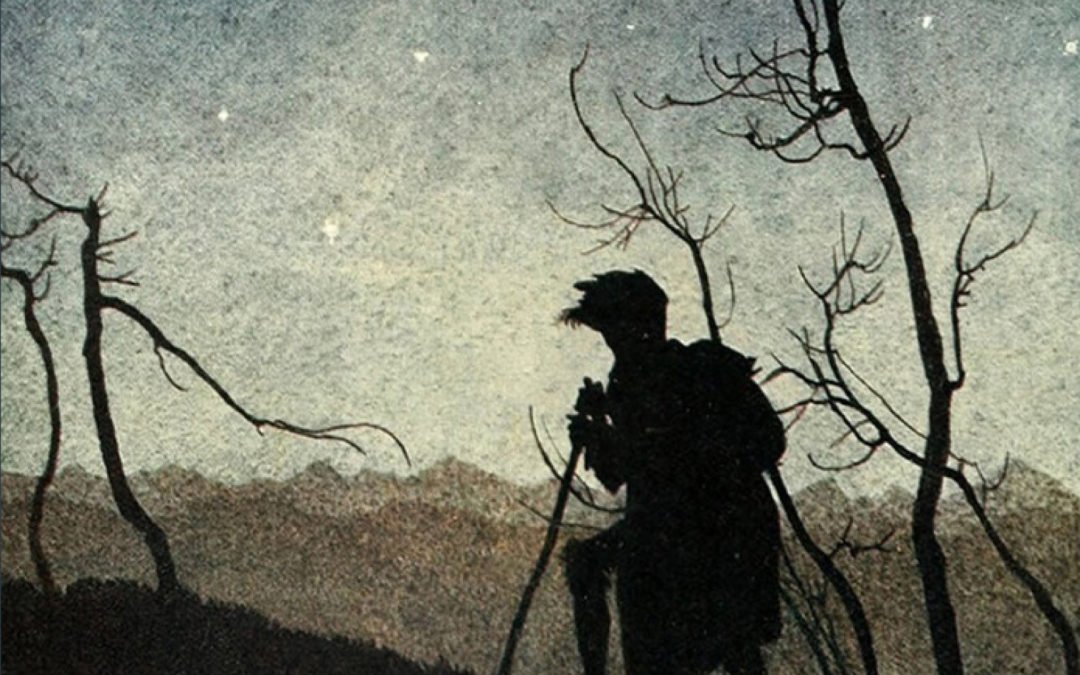
Seven Miles of Steel Thistles: Reflections on Fairy Tales by Katherine Langrish
Judith Philo offers her thoughts on Katherine Langrish’s Seven Miles of Steel Thistles.
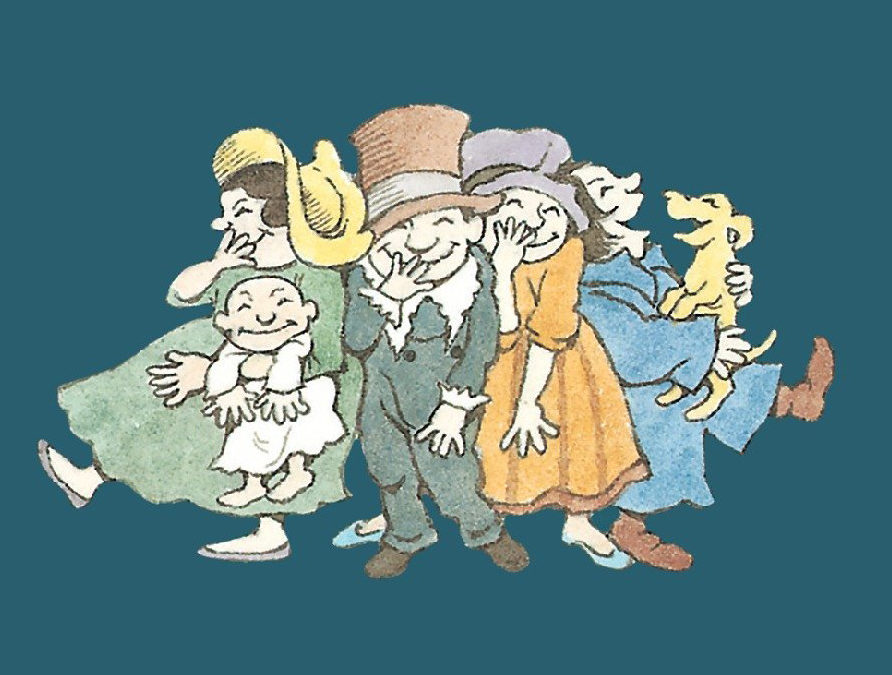
Nursery Rhymes, Fairy Stories and Children’s Games: An Appreciation of the Pioneering Work of Iona and Peter Opie
June Hopper Swain delves into the work of Iona and Peter Opie.
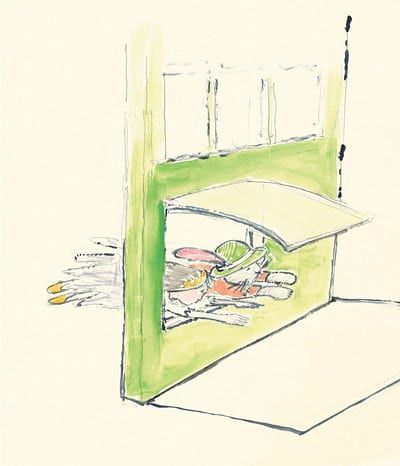
A Puss without Boots: John Burningham’s It’s a Secret!
June Hopper Swain studies John Burningham’s It’s a Secret!
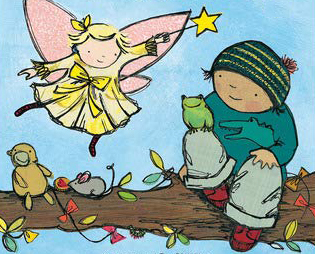
A Flying Wheelchair and a Deaf Fairy: An Exploration of Disability in Fairy Tales
Rebecca R. Butler explores how disabled characters are depicted in both classic and modern children’s fiction.
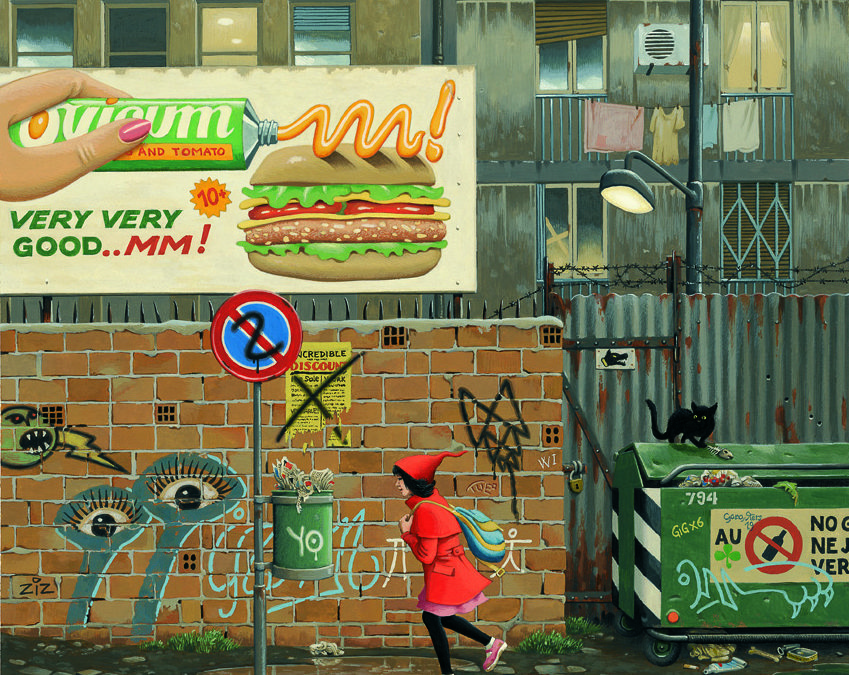
‘Old’ Ladies in New Spaces: Cinderella and Little Red in Modern Cities
Davila Forni explores two picture books illustrated by Roberto Innocenti: The Girl in Red (2012) and Cinderella (1983).

A Therapeutic Ogre
Beth Webb discusses her brand-new fairy story – ‘The Ogre’s Wood’.
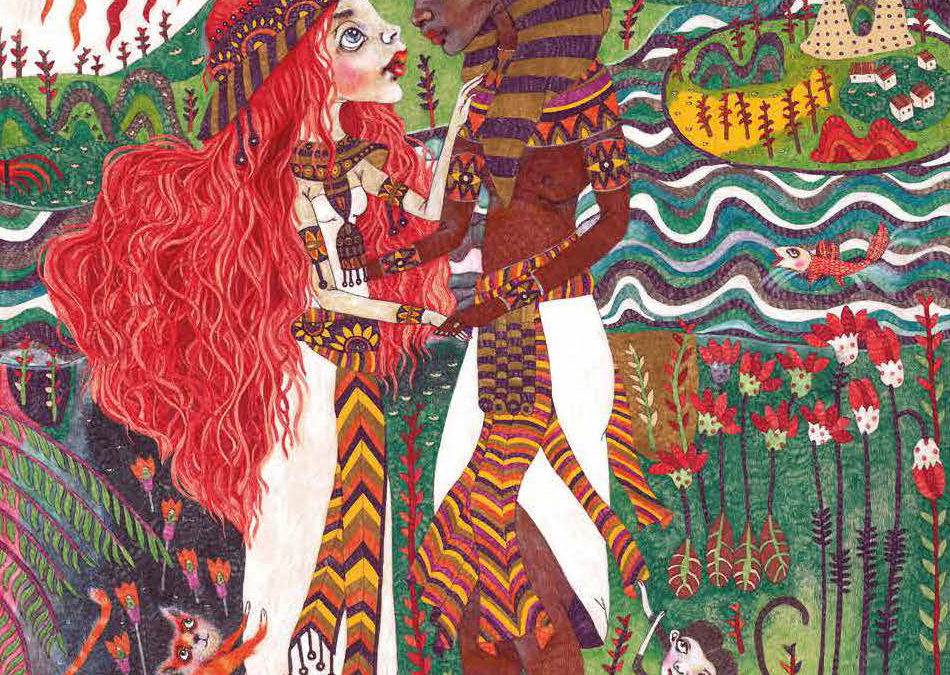
One Story Many Voices
Delaram Ghanimifard introduces ‘Cinderella of the Nile’ as the first in Tiny Owl’s One Story, Many Voices series
